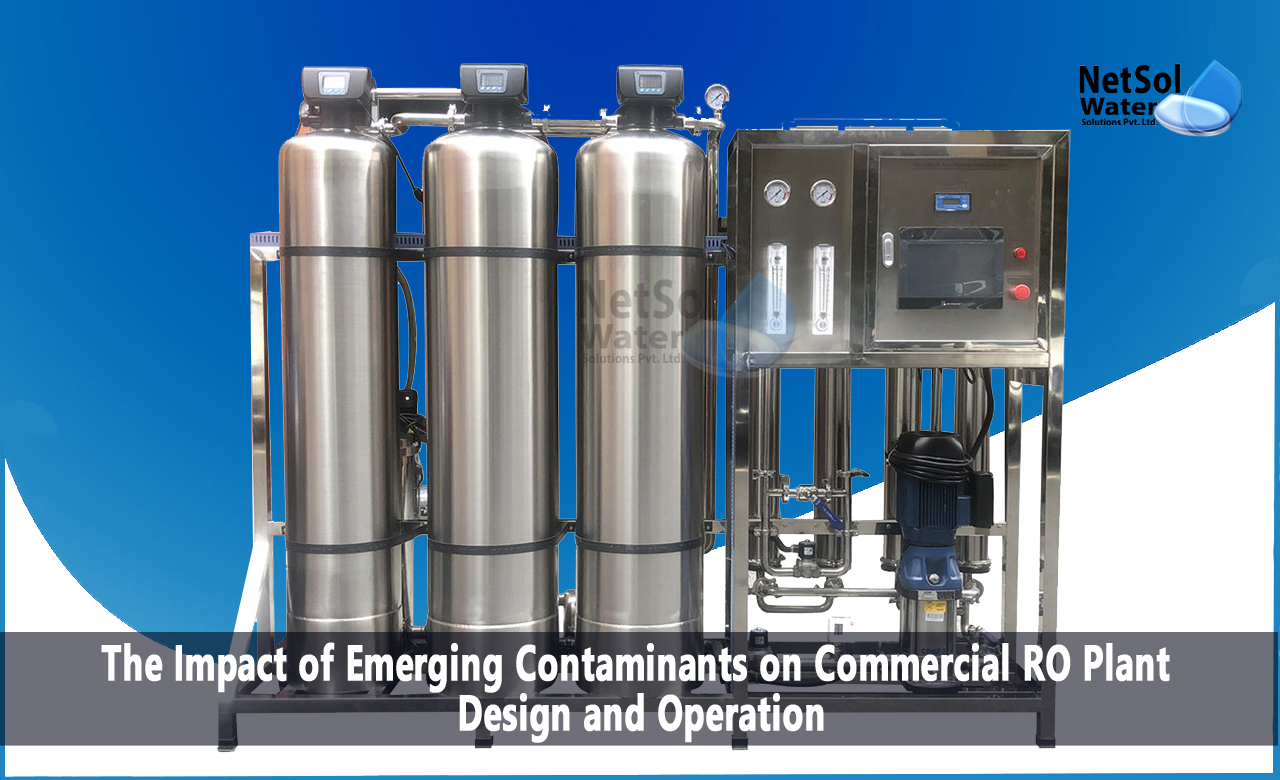How to Emerging Contaminants Impact RO Plant Design and Operation?
Water is an essential resource that is becoming scarce day by day. With growing demand and limited supply, it is essential to ensure the quality of water available to us. One of the most common methods of purifying water for commercial purposes is Reverse Osmosis (RO) plants. However, the emergence of new contaminants in water has posed significant challenges to the design and operation of these plants.
In this blog, we will explore the impact of emerging contaminants on commercial RO plant design and operation.
What are Emerging Contaminants?
Emerging contaminants are a new class of pollutants that have only recently come to light. These contaminants are not regulated by traditional water quality standards and pose unique challenges to water treatment plants. Some examples of emerging contaminants include pharmaceuticals, personal care products, microplastics, and endocrine-disrupting chemicals.
Impact of Emerging Contaminants on RO Plant Design
The presence of emerging contaminants in water can impact the design of RO plants in various ways. The following are a few key ways in which emerging contaminants can impact RO plant design:
- Membrane Selection: Emerging contaminants can affect the selection of membranes used in RO plants. Traditional RO membranes may not be effective at removing certain contaminants, and specialized membranes may be required.
- Pre-Treatment Requirements: The presence of emerging contaminants may necessitate additional pre-treatment steps before the water can be treated in an RO plant. This can include the use of activated carbon or other specialized filters to remove specific contaminants.
- Chemical Treatment: In some cases, chemical treatment may be necessary to remove emerging contaminants from water before it can be treated in an RO plant. This can include the use of advanced oxidation processes or other specialized chemical treatments.
Impact of Emerging Contaminants on RO Plant Operation
The presence of emerging contaminants in water can also impact the operation of RO plants. The following are a few key ways in which emerging contaminants can impact RO plant operation:
- Reduced Efficiency: Emerging contaminants can reduce the efficiency of RO plants by clogging membranes or reducing flow rates. This can result in reduced water production and increased operating costs.
- Increased Maintenance Requirements: The presence of emerging contaminants can also increase the maintenance requirements of RO plants. This can include more frequent membrane cleaning or replacement, which can be costly and time-consuming.
- Impact on Water Quality: Emerging contaminants can also impact the quality of water produced by RO plants. If these contaminants are not effectively removed, they can end up in the final product water, potentially posing a health risk to consumers.
Conclusion:
The emergence of new contaminants in water poses significant challenges to the design and operation of RO plants. To effectively treat water contaminated with emerging contaminants, specialized membranes, pre-treatment steps, and chemical treatments may be required. Additionally, the increased maintenance requirements and reduced efficiency associated with treating water with emerging contaminants can result in increased operating costs. It is essential to be aware of the potential impacts of emerging contaminants on RO plant design and operation and take the necessary steps to address these challenges.
For any other support, inquiries, or product purchases, call on +91-9650608473 or email at enquiry@netsolwater.com



